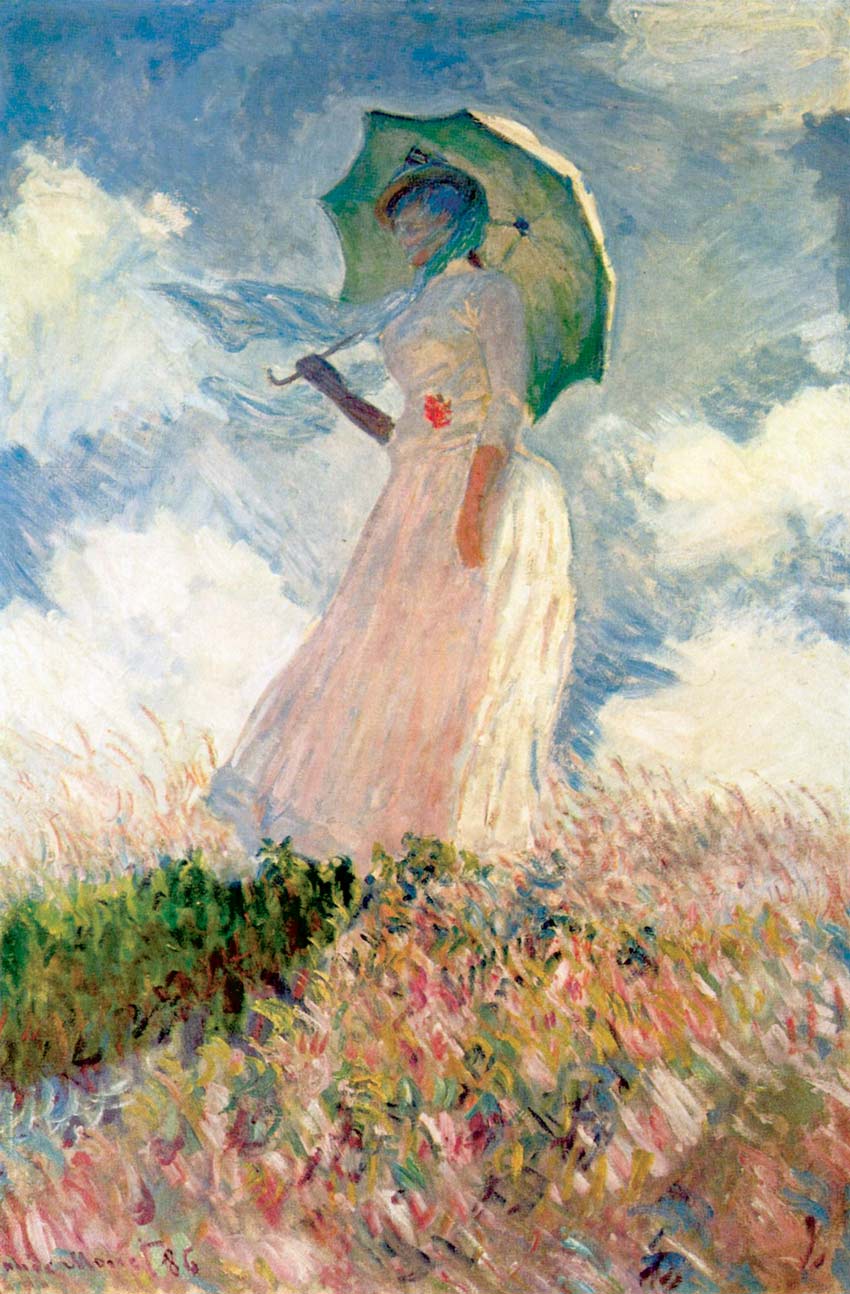An Interest In:
Web News this Week
- April 13, 2024
- April 12, 2024
- April 11, 2024
- April 10, 2024
- April 9, 2024
- April 8, 2024
- April 7, 2024
Art History: Impressionism
Welcome
back to our series on art history! From the world of Neoclassical and Romantic art, we
now venture onward to the 19th-century art movement of Impressionism.
Let's see how history significantly affected the art of this time.

The Impressionist Movement
How do you capture the beauty of sunlight as it sets and rises again? Nineteenth-century artists would show you how, with free-moving brush strokes and open compositions that were realistic, yet dreamy.
The Impressionist movement derived from a desire to break away from the mold of classic Greco-Roman painting styles. Emphasis was placed on the ability to translate natural lighting, ordinary subjects, and movement to the medium of oil painting.
During this period, Impressionists painted snapshot imagery of nature and social gatherings blanketed in warmly lit scenes. As they adopted the style of en plein air painting, they focused on studying the role that light plays in composition and color.
Let's check out a few notable artists from this period.
Claude Monet
It all started with this painting by Claude Monet. "Impression, soleil levant," also known as, Impressionism Sunrise, was the defining piece that became the official anthem of this movement.
By using a hazy painting style, Monet wanted to give the impression of a smoky sunrise over the French port of Le Havre.

A few of his more notable works also include "Woman with a Parasol" and "Study of a Figure Outdoors." These paintings feature his signature loose brush style with inviting colors. The viewer feels entranced in the images of Monet's subjects, which were often his wife, friends, or relatives.

"I perhaps owe having become a painter to flowers." — Claude Monet
During his later years, Monet documented the remainder of his life through his work, including a failing eyesight that led to more red-toned paintings. His style was expressive and energetic, and remembered for its precise sense of natural lighting.

Edgar Degas
As one of the founding fathers of the Impressionist Movement, Edgar Degas revealed himself as more of a realist instead.
His style is rooted in early French technique, with a vigorous attention to detail. But it also notably shared the reputation as an unfinished style, due in part to Degas's alleged eye troubles.

Depicting beautiful scenes at racetracks and behind-the-scenes shots at ballet classes, Degas rendered paintings that are simply hard to forget.
He composed them with a love of finite detail, and often spent much time developing a single piece over the course of several stages.

"In art, nothing should look like chance, not even movement." — Edgar Degas
The illustrious style of Degas would go on to inspire many artists. His ties to the movement and its founding artists also place him at the center of this captivating technique.

Vincent van Gogh
Post-impressionist styles delivered the renowned work of Dutch artist Vincent van Gogh. Regarded as one of the most influential artists of his time, Van Gogh experienced much trouble in his life, which translated into beautiful paintings.

His paintings tell the story of his struggle with mental illness, an unstable career, and many internal troubles.
Like many artists, Van Gogh also painted brilliant self-portraits and portraits of loved ones.

"What would life be if we had no courage to attempt anything?" — Vincent van Gogh
His work had a high reputation for vibrant colors as he loved bright shades of yellow to communicate feelings of truth as well as different shades of sunlight.
Among some of his most famous subjects were beautiful wheat and cypress fields. He became fascinated with the gigantic tree, often used symbolically to represent death and mourning.

A mix of somberness and hope encompasses the style of Van Gogh, and he is remembered as an artist with great vision and mystique.
Conclusion
Rapid brush strokes dominated the art of Impressionism during the 19th century. Its wide range of culture and influence is a
true testament to
the evolution of art. And I hope you continue to learn more about these
amazing timelines on your own.
For more amazing tales of 19th century Impressionism, dive into the links below for further reading. And
join me next month when we discuss Cubism.
- Impressionism
- Impressionism - Basic Art Series
- Monet or the Triumph of Impressionism
- Impressionists: From Monet to Van Gogh
The following sources were also included in this article:
Original Link:
TutsPlus - Design
 TutsPlus+ is a blog/Photoshop site made to house and showcase some of the best Photoshop tutorials around.
TutsPlus+ is a blog/Photoshop site made to house and showcase some of the best Photoshop tutorials around.More About this Source Visit TutsPlus - Design

